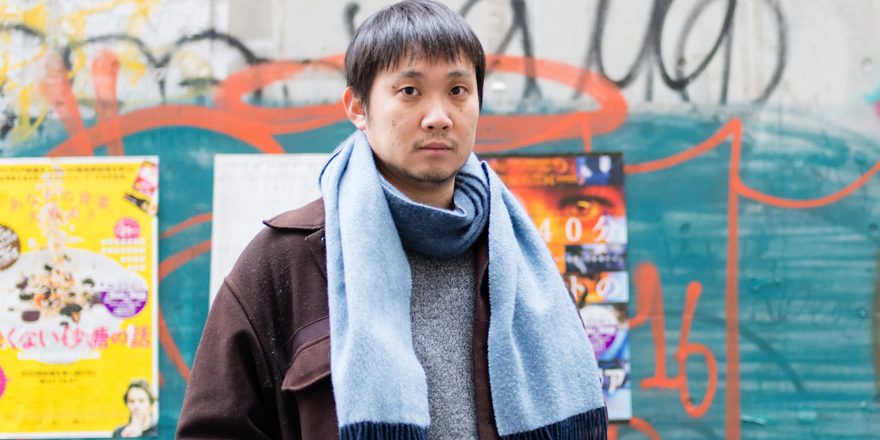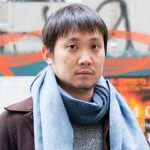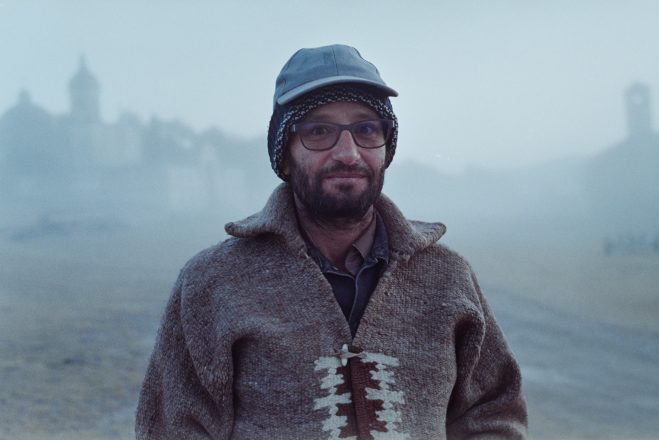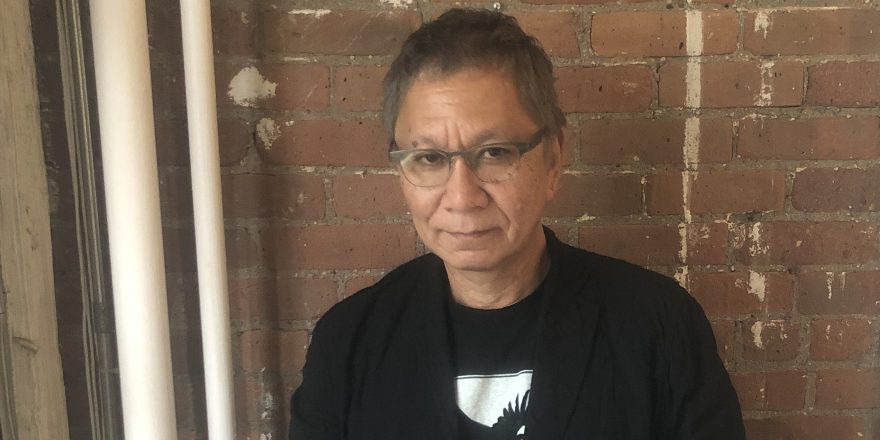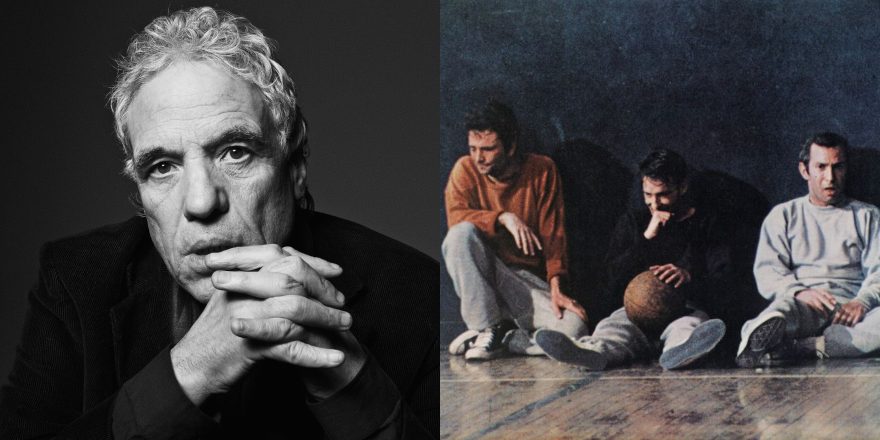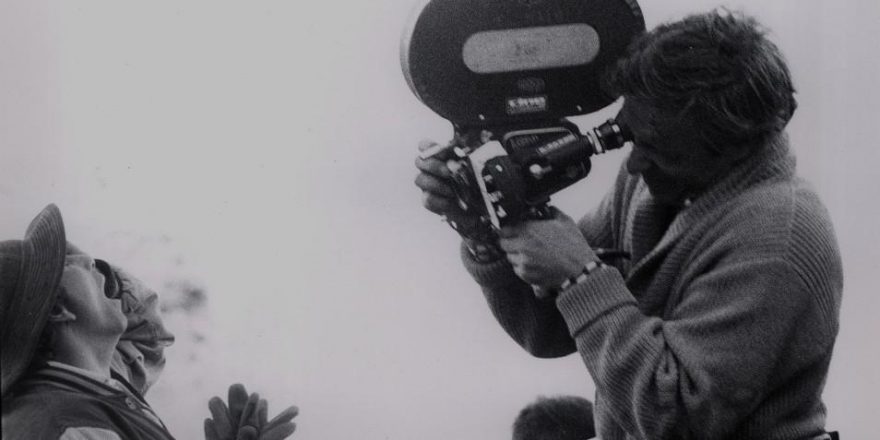Three Great Things is Talkhouse’s series in which artists tell us about three things they absolutely love. To mark the theatrical release this week of director Ryusuke Hamaguchi’s 2008 sophomore feature, Passion, the Japanese auteur – who became a major player in world cinema with his 2021 smash hit Drive My Car– shared some of the deepest movie-related pleasures in his life. — N.D.
Kantoku Yasujiro Ozu
This is a book by the Japanese film critic Shigehiko Hasumi. It isn’t in English translation yet, but it’s a book I read when I was a university student, and it completely opened up my world. I would get into a pattern of reading this book, learning about Ozu’s films and thinking, “Oh, this is what Ozu’s films show,” then watching more of his films and repeating that cycle. In a way, it’s the book that made me a cinephile.
I first encountered the book in about 2000, when I was a third-year university student. At that point, I had only seen some of Ozu’s major works. I wouldn’t say the book had a big impact on me when I first read it, but in 2003, there was a centennial retrospective of Ozu’s work, when I was able to see all of his movies and use this book as a companion to see them a little better. And I was surprised how Hasumi saw things in the films so thoroughly. What Hasumi points out is the way Ozu crafts his images, the actions in his films and the objects that appear within them. The book shows how his visual themes and narratives are interwoven and made me realize all the things I had been missing (even if it’s on the screen!) and that I hadn’t been truly engaged in the act of seeing what Ozu was trying to do. It also taught me that in filmmaking, what’s most important is the act of “seeing thoroughly” on set. What Shigehiko Hasumi taught me was that the filmmaker and the audience see totally the same things through the camera. Nevertheless, at the same time, we always miss so many things. As a director, I came to feel that I should work with that kind of fear, and try to see things in front of the camera.
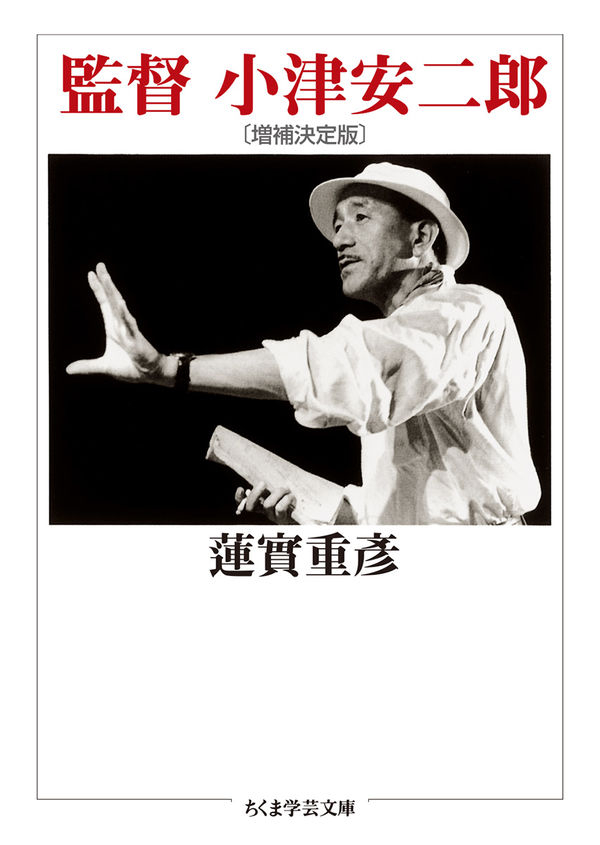
I firmly believe that Ozu’s films aren’t meant to be copied – they were made under a very specific context, like Japanese cinema’s golden era, or a war, or by his very particular talent, so one must not try to replicate the effects he was able to produce. But Ozu was someone who both recognized and confronted the various cinematic essential rules. One thing I’ve learned from Ozu was to capture the fact that the actors are acting. In his films, the actors often act without looking at their counterparts, so they were almost looking at the camera itself. Though this is a very hard situation for actors to act in, sometimes Ozu’s characters show truthful emotions to the camera. That was something I wanted to be able to do as well, to get to the heart of very deep emotions through the performance of an actor, or fiction. It should be done only by looking through them thoroughly like the camera.
The Films of Shinji Somai
My next choice is the work of Shinji Somai. There’s going to be a screening series of his films at Japan Society starting later this month, so I really encourage those of you who live in New York to check it out.
He was someone who was active in the 1980s and ’90s, and died in 2001. Just to give a little context on what the Japanese film industry was like at the time, studio films – which previously were being made by major figures such as Ozu or Mizoguchi – had collapsed, mainly because of the TV industry. Shinji Somai was a director who was really trying to confront how one should make films in that climate, and one way he did this was through long takes. His long takes weren’t a technical or stylistic method at all, but rather a way to draw out the liveliness or humanistic elements of his actors. The way he employs long takes really makes the audience sense the way in which people’s emotions move human bodies, and make the audience believe in the potential of people or the world itself.
In 2011, there was a great disaster in Japan with the tsunami, the earthquake and the following nuclear disaster. Around that time, I was making a documentary in Sendai, an area that was greatly affected by these tragic events, and I had also been asked to write an essay for a book commemorating the 10th anniversary of Shinji Somai’s death, so I was thinking about his work quite a bit. In the same way that he tackled the question of how to make movies in the context of a drastically changing industry, I was also confronting my own questions about how to film my first documentary after this dreadful disaster. So, it was as if the two conflicts were placed in parallel as I was encountering his work or engaging with it in more depth.
If I must pick one film as an entrance for his work, it would be Typhoon Club. I think what I really learned from his films in particular is that no matter how you frame a scene, if you can accurately capture the liveliness and emotionality of a person’s life, then people can connect with that. And that really influenced how I was able to capture that documentary.
John Cassavetes
Here I am not referring only to Cassavetes’ films, I’m also talking about John Cassavetes, the human. During my university years, I was deeply impacted by his films and learned through him that making films is worth putting your life on the line. From reading his interviews, his words also gave me a deep sense of courage, not just in filmmaking, but in life itself, so he’s someone who I think of as a huge influence on my life.
He didn’t make a lot of films – just 12, and I’ve seen all of them – but when you watch each and every one of his films, it’s not like watching a film, it’s like watching life itself.
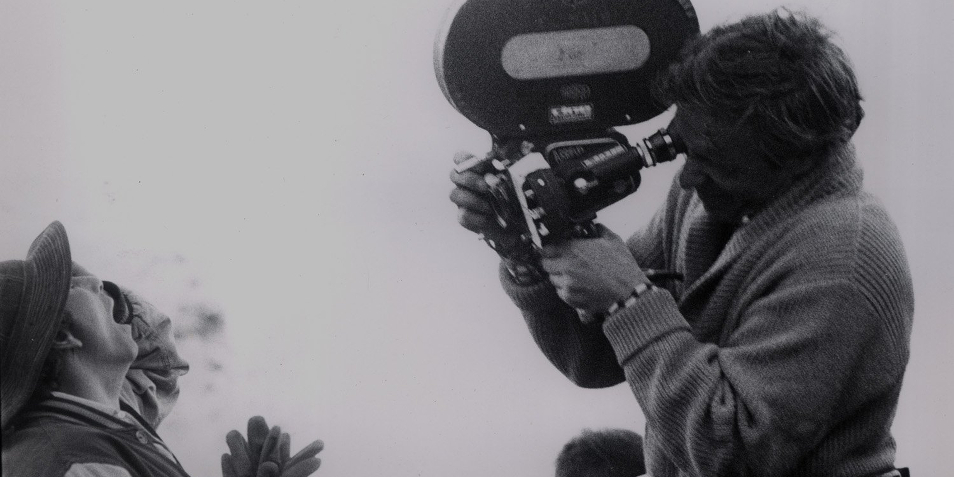
When I was 21, I saw his films Husbands, Minnie and Moskowitz and A Child is Waiting for the first time, and they were different from any concept of cinema I had at that time in my life. The people on the screen were American and they were much older than me, yet it felt like the lives being shown to me on the screen were far more real than what I was experiencing in my day-to-day life. It seemed to me that the emotions which Cassavetes captured from his actors were much more vivid and those aims overlapped deeply with what I myself was trying to achieve in my own work. Cassavetes said that one becomes an artist after you survive your 21st year, and encouraged me to carry the emotions you feel during your 21st year in life. I would say that’s what I’m still striving for today.
My 2008 film, Passion, is where you can specifically see his influence on my work very clearly. In my 20s, when I was making this film, I was really confronted with the feeling of not having nearly enough talent to make films like his, but I felt as though I still needed to challenge myself to try to capture the emotions of actors, or else all the work I had done up until that point would be meaningless. So for Passion to now be screening in the city of John Cassavetes’ birth, New York City, is really an honor for me.



